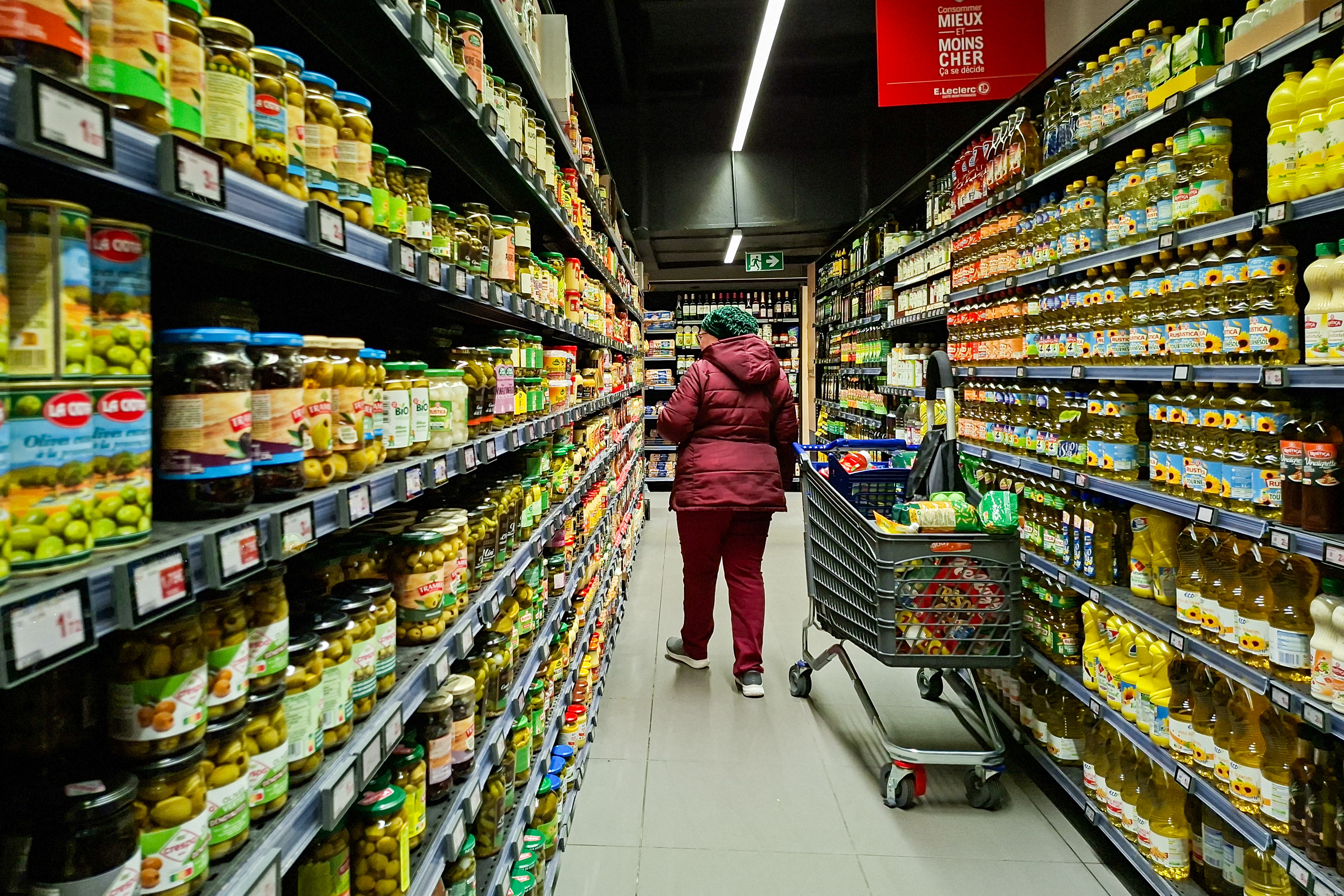Possibility of Converting Water Pollutants into Hydrogen Gas with New Material Unveiled

January 18, 2024
This article has undergone a review process in line with Science X's standards, where editors factor in several key areas to verify its authenticity. These areas include:
- fact-checking
- publication after peer review
- credentials of the source
- proofreading
The review was carried out by Worcester Polytechnic Institute.
Researchers at WPI have engineered a substance capable of extracting urea from water, which could then potentially be converted into hydrogen gas. These materials, constructed with nickel and cobalt atoms with specifically designed electronic structures, potentially allow these transition metal oxides and hydroxides to selectively oxidize urea in an electrochemical reaction.
The research was headed by Xiaowei Teng, the James H. Manning professor of Chemical Engineering at WPI. The research was published in the Journal of Physical Chemistry Letters and was featured in the supplementary front cover of the journal.
Urea is a low-cost nitrogen fertilizer used in agriculture and is also a byproduct of human metabolism. Agricultural runoff and municipal wastewater discharge which are heavy in urea can lead to harmful algal blooms and oxygen-depleted dead zones, known as eutrophication. These pose significant threats to aquatic life and human health.
However, urea also holds properties that could potentially make it an attractive hydrogen storage medium. Urea is non-toxic, highly soluble in water, and its hydrogen content is fairly high (6.7% by weight). Therefore, urea electrolysis seems more economical and energy-efficient for hydrogen production than water electrolysis.
The inhibiting factor for urea electrolysis has been the lack of inexpensive, highly efficient electrocatalysts that can selectively oxidize urea instead of water. Teng and his team overcame this obstacle by creating electrocatalysts consisting of cooperatively interacting nickel and cobalt atoms with distinct electronic structures for selective urea electro-oxidation.
The study by WPI researchers focused on nickel and cobalt oxides and hydroxides. They discovered that to improve its electrochemical activity and selectivity toward urea oxidation, it was crucial to tailor the unique electronic structures with dominant Ni2+ and Co3+ species.
Teng describes the electronic configuration as a critical factor to enhance the selectivity of urea oxidation. High-valence nickel, like Ni3+, was found to contribute to rapid reactions with powerful electric current output, but a massive part of the current came from undesirable water oxidation.
To get a better grasp of this outcome, Teng's group partnered with Aaron Deskins, a professor of chemical engineering at WPI. Deskins worked on the computational simulations and discovered that the homogenous mixing of nickel and cobalt oxides and hydroxides benefited the electron redistribution from Ni2+ to Co3+ species. It resulted in moving valence electrons to higher energy, which prepared the Ni/Co catalysts much better for bonding with urea and water molecules.
Urea, which is a significant source of nitrogen in fertilizers and animal feed, has been commercially produced as far back as the 1920s. About 180 million metric tons of urea were made in 2021. Adults produce approximately 1.5 liters of urine daily, equivalent to yearly production of about 11 kg of urea and 0.77 kg of hydrogen gas.
The team's research might pave the way for utilizing urea in waste streams for efficient production of hydrogen fuel. This method of electrolysis could be used to separate urea from water, contributing to the sustainable management of ecological systems and potentially transforming the relationship between water and energy.
The research was published in the Journal of Physical Chemistry Letters.
Story credit: Worcester Polytechnic Institute.




